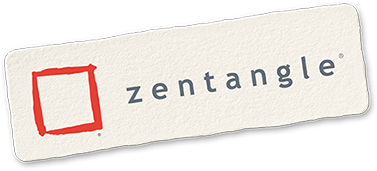Whew.. Project Pack No. 19 was certainly one for the books. It was big, it was ambitious, it was daunting, it was inspiring. We approached this project pack series a little different than most. Our tangling team each worked on their own piece in the same order that you all did. Molly filmed Day 1, and then we all tangled that day and then waited for the next person to film Day 2 and so on.. Before we even began, Molly kept telling us to “trust the process.” I remember she gave me several reminders and then right before I...
Our Zentangle journey's are not linear. We go up and down, forward and backward and sometimes all over the place. Some days we push limits, boundaries and explore new ideas and techniques. Other days, we stick with the tried and true and the comfortable. If you tangle often, you may find that you go through phases of different tangles, styles and techniques that you focus on for a period of time and then you move on to something else. In this blog series, we will periodically share some of the tangling trends that we, here are Zentangle HQ, are currently...
Molly writes... Life is a phenomenal adventure of overlapping circles. Since the beginning, our small company has found itself on a glorious journey, guiding us in all directions and around and around until many times we feel as though we come full circle, back where we started. Zentangle HQ began, and is still headquartered in, the small village of Whitinsville, Massachusetts. When Rick and my mom started out, they were inspired to share this new art form with whoever was willing to be their participants. After teaching some close friends and neighbors they soon set out to find other students....




